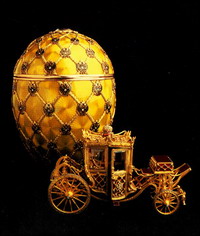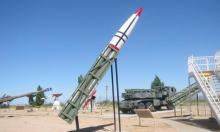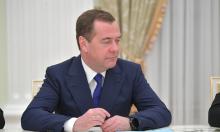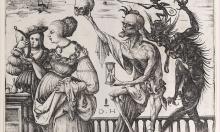Faberge egg sold at auction for nearly 9 million pounds
A rare enamel-and-gold Faberge egg kept in the Rothschild banking family for more than a century was bought for nearly 9 million pounds (US$18.5 million; 12.5 million EUR) at auction Wednesday.

The sale of the translucent pink egg topped with a diamond-studded cockerel was a record for a Faberge work of art, Christie's auction house said.
The price also broke the record for Russian artwork, excluding paintings, Christie's said. The next highest price was the US$9.6 million paid for a Faberge egg in New York in April 2002.
"It holds an amazing fascination for just about everybody, from James Bond onwards as far as I remember," said Anthony Philips, Christie's Russian art specialist. "It's just a magic name. The quality is fantastic. There's a romantic association with the Russian Revolution. They're of stunning workmanship."
Prices for Russian art have escalated as the country's increased wealth makes its way on to the international art market. Sales of Russian art at Christie's rose from 13 million pounds in 2004 to 38 million pounds in 2006 (US$78 million; 52 million EUR), and were on track to raise millions more this year, spokesman Matthew Patton said.
Russian Czar Alexander III commissioned the first of the elaborate eggs from craftsman Peter Carl Faberge as an Easter gift for his wife, Empress Maria Fedorovna.
The empress was so enamored of that 1885 piece - an enameled egg with a golden yoke, golden hen, miniature diamond crown and ruby egg inside - that the czar commissioned a new egg every Easter.
After the czar died in 1894, his son Nicholas continued the tradition until the Russian Revolution in 1917. Nicholas and his family were executed in 1918.
Faberge created more than 50 eggs for Russia's imperial family, though not all survive.
The Rothschild Faberge Egg is one of no more than 12 such pieces known to have been made to imperial standards for private clients, Christie's said.
The Faberge egg sold Wednesday originally was acquired by Edouard Ephrussi, who represented the Rothschild family's oil interests in Baku, in modern-day Azerbaijan.
Ephrussi's sister, Beatrice, gave the piece as an engagement gift to Edouard de Rothschild and Germaine Halphen, who married in 1905. Christie's said it had remained in the family since, but did not name the seller or say why they put the egg under the hammer.
Christie's said the piece was sold to a Russian buyer after 10 minutes of bidding. The buyer chose to remain anonymous.
Subscribe to Pravda.Ru Telegram channel, Facebook, RSS!





